Entering into US session, Euro is trading as the lowest one for today, followed by Swiss Franc, in relatively mixed markets. New Zealand Dollar is the strongest one while Australian Dollar recovers much of yesterday’s losses. But for now, pre-weekend recovery in Sterling put it into second place. But movements in the currency markets are relatively limited. Thus, the picture could have a drastic change at close.
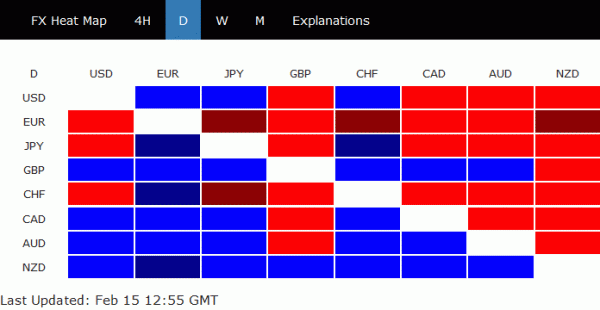
US-China trade negotiations were the main focus of the day. Words from both sides were positive, but without much substance. China’s Xinhua news agency said the delegations discussed topics including technology transfers, intellectual property protection, non-tariff barriers, services, agriculture and the trade balance. And both countries reached consensus is principle on a number of issues. They’re working towards a memorandum of understanding on trade and economic issues.
White House spokesperson Sarah Sanders confirmed that trade talks with China will continue in Washington next week. She said “The United States looks forward to these further talks and hopes to see additional progress.” And, “Both sides will continue working on all outstanding issues in advance of the March 1, 2019, deadline for an increase in the 10 percent tariff on certain imported Chinese goods.”
US Trade Representative Robert Lighthizer said “we feel we have made headway on very, very important and difficult issues. We have additional work to do but we are hopeful,” Treasury Secretary Steven Mnuchin tweeted “Productive meetings with China’s Vice Premier Liu He and @USTradeRep Amb. Lighthizer”, without any elaboration.
But the development so far seems to be enough to lift sentiments slightly. DOW futures in currently up 76 pts.
In Europe:
- FTSE is up 0.55%.
- DAX is up 1.39%.
- CAC Is up 1.44%.
- German 10-year yield is down -0.0032 at 0.104, holding on to 0.1 handle.
Earlier in Asia:
- Nikkei dropped -1.13%.
- Hong Kong HSI dropped -1.87%.
- China Shanghai SSE dropped -1.37%.
- Singapore Strait Times dropped -0.41%.
- Japan 10-year JGB yield dropped -0.0114 to -0.022, staying negative.




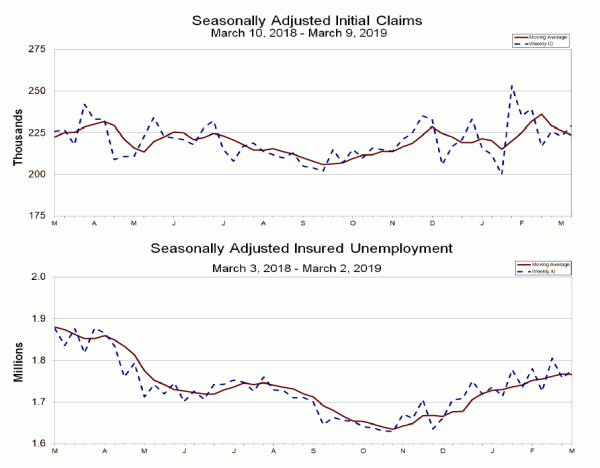
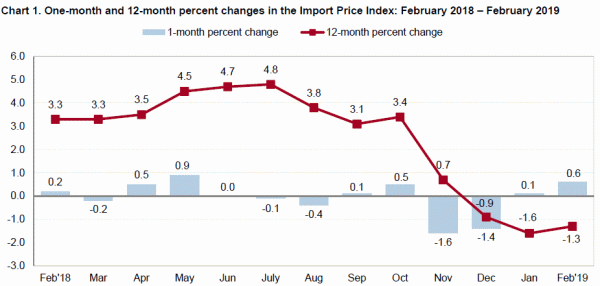
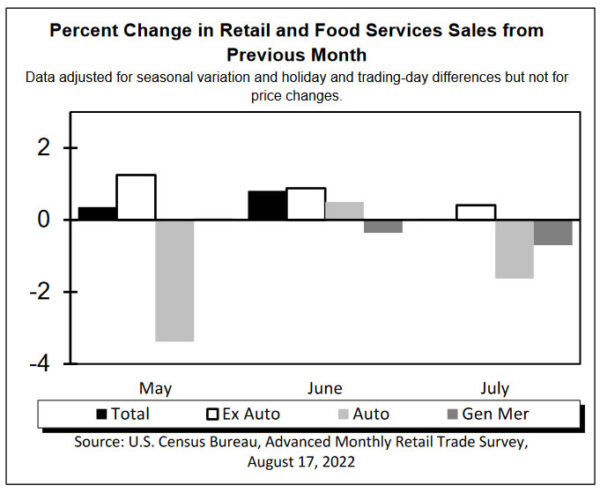
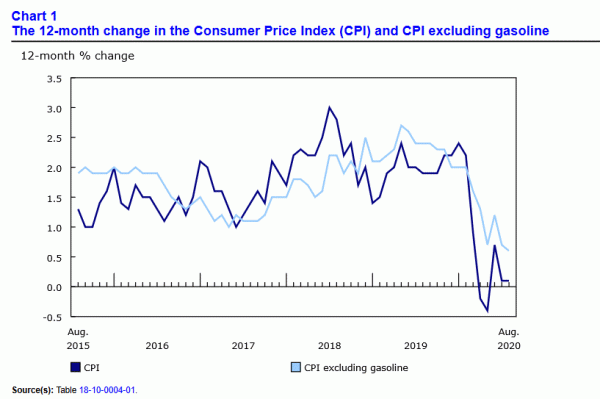

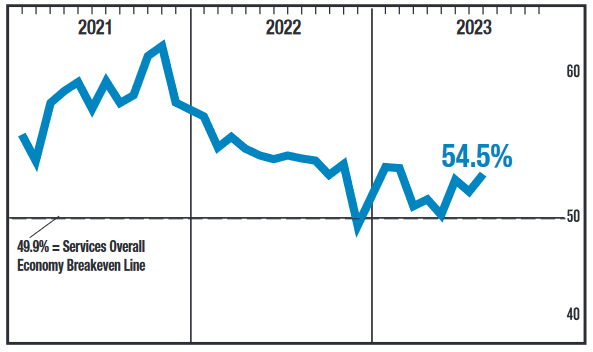
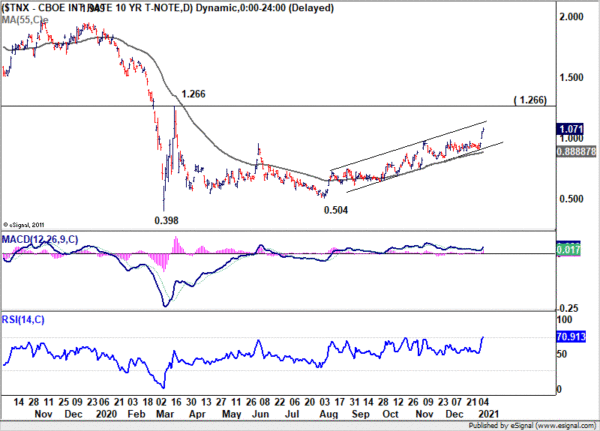

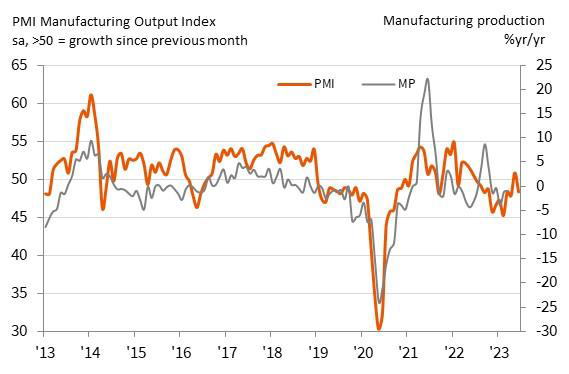
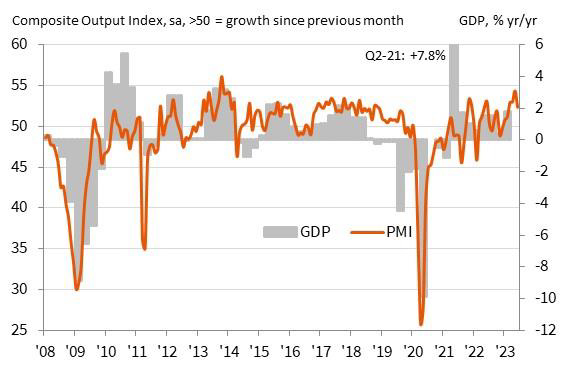
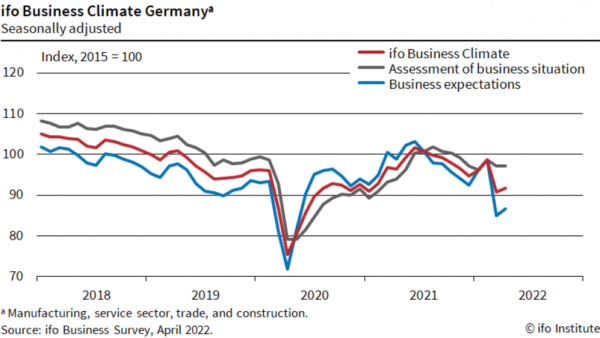
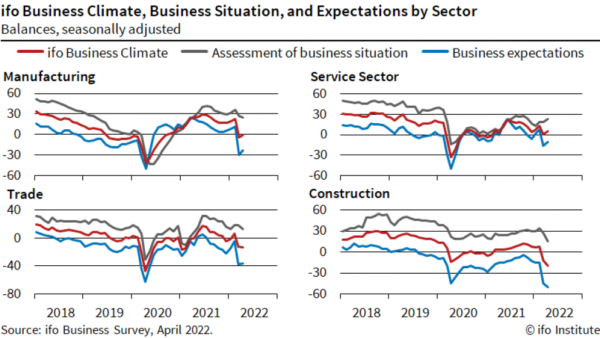

US Empire State manufacturing rose to17, hours worked surged
US Empire State Manufacturing index rose to 17.0 in September, up from 3.7, beat expectation of 6.2. Looking at some details, new orders rose 8.8 pts to 7.1. Shipments rose 7.4 pts to 14.1. Price paid rose 9.2 pts to 25.2. Prices received rose 1.8 pts to 4.7. Number of employees rose 0.2 pts to 2.6. Average employee workweek jumped sharply by 13.5pts to 6.7. The worweek number was also the first positive reading since the pandemic began. Future business conditions also rose 6 pts to 40.3, suggesting some optimism ahead.
Full release here.